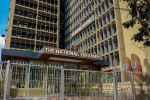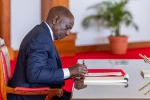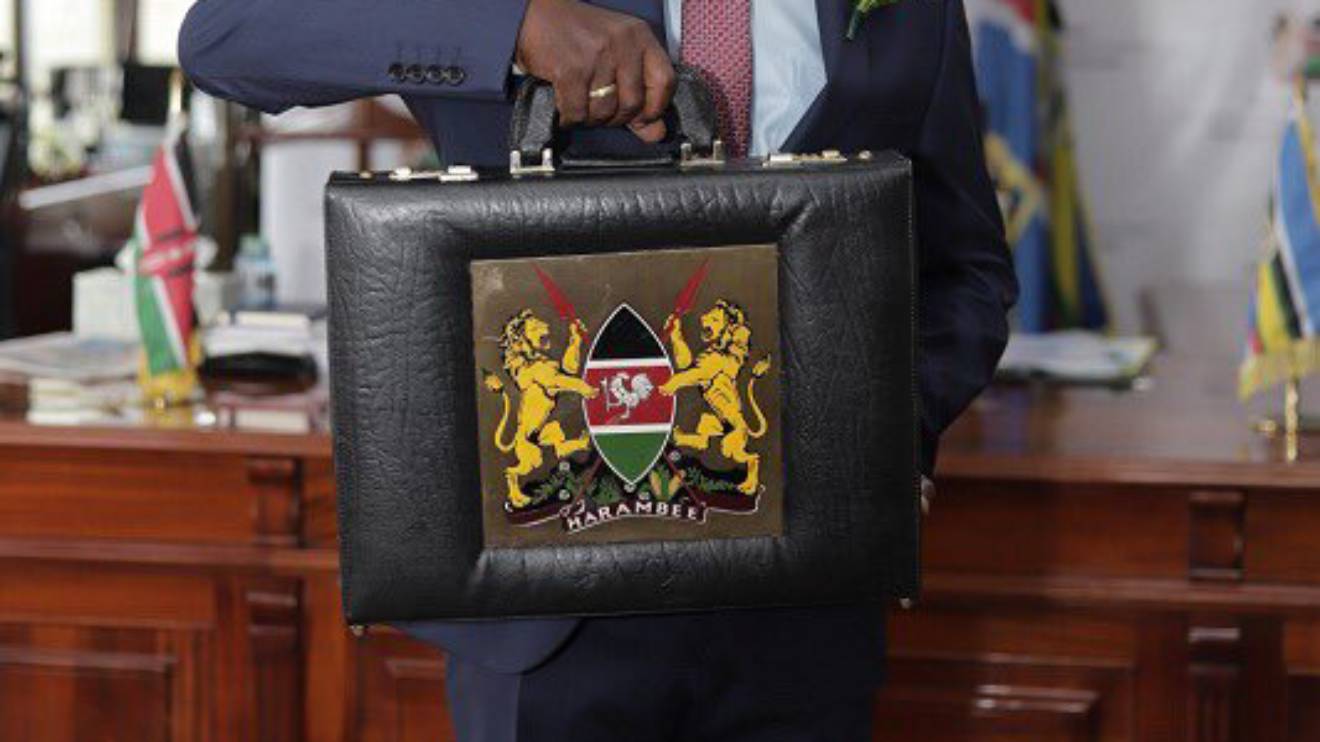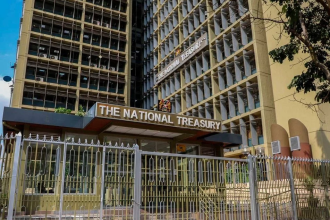Kenya’s National Treasury is projecting a total expenditure of Sh 4.23 trillion (22.0 per cent of GDP), a slight increase from the Sh 4.00 trillion allocated in the 2024/25 Supplementary II Budget.
With a fiscal deficit of Sh 876.1 billion (4.5% of GDP), the government faces the critical task of financing this shortfall while advancing its Bottom-Up Economic Transformation Agenda (BETA) for inclusive green growth.
Here is how Kenya plans to finance its ambitious budget, balancing domestic and external borrowing, revenue mobilisation, and innovative financing mechanisms like Public-Private Partnerships (PPPs).
Fiscal Deficit and Financing Strategy
The 2025/26 budget projects total revenues, including Appropriation-in-Aid (A-i-A), at Sh 3.31 trillion (17.2 per cent of GDP), with ordinary revenue contributing Sh2.75 trillion (14.3 per cent of GDP).
Despite efforts to boost revenue, the fiscal deficit remains substantial, requiring a combination of external and domestic financing. The government plans to cover the deficit with a net external financing of Sh284.2 billion (1.5 per cent of GDP), emphasising concessional borrowing to mitigate foreign exchange risks and reduce debt servicing costs.
It will also sick a net domestic financing of Sh 591.9 billion (3.1% per cent GDP), primarily through medium- to long-term domestic bonds to deepen the bond market and reduce refinancing risks.
This dual approach aligns with the 2025 Medium-Term Debt Management Strategy (MTDS), which prioritises lengthening debt maturities, reducing interest rate risks, and diversifying foreign currency debt to promote debt sustainability. The strategy also aims to lower the Present Value (PV) of the debt-to-GDP ratio toward the 55 per cent anchor, supported by fiscal consolidation efforts.
Revenue Mobilisation: Expanding the Tax Base
To finance the budget, Kenya is intensifying domestic revenue mobilisation through tax policy and administrative reforms outlined in the National Tax Policy and Medium-Term Revenue Strategy 2024/25–2026/27.
Key measures include tax administration reforms where the government seeks to expand the tax base, minimise tax expenditures, and leverage technology to enhance compliance and seal revenue loopholes. The government aims to streamline tax processes and improve efficiency.
The government is also seeking to enhance non-tax revenues by encouraging Ministries, Departments, and Agencies (MDAs) to raise funds through services offered to the public, diversifying revenue streams.
These reforms are critical as Kenya navigates a challenging global economic environment, marked by trade tensions and geopolitical uncertainties, which could impact export revenues and remittances.
The government’s focus on domestic revenue aims to reduce reliance on borrowing and enhance fiscal resilience.
Expenditure Rationalisation and Fiscal Consolidation
To manage expenditure, the government is implementing a growth-oriented fiscal consolidation plan to reduce the fiscal deficit from 5.1 per cent of GDP in 2024/25 to 2.7 per cent by 2028/29.
Among the strategies being implemented is cutting non-essential spending by rationalising recurrent expenditure, projected at Sh 3,119.2 billion (16.2% of GDP), to prioritise essential programs and social spending.
As part of the reforms the government has rolled out an end-to-end e-procurement system to enhance transparency and maximise value for money.
In this budget, as part of public finance management reforms, the National Treasury is adopting zero-based budgeting, transitioning to accrual-based accounting, and implementing the Treasury Single Account to improve cash management and asset utilisation.
Development expenditure, at Sh704.4 billion (3.3 per cent of GDP), will focus on BETA’s core pillars, including agricultural transformation, housing, healthcare, and the digital economy, to drive inclusive growth.
Leveraging Public-Private Partnerships (PPPs)
A cornerstone of Kenya’s financing strategy is the mobilisation of private capital through PPPs, coordinated by the PPP Directorate under the PPP Act of 2021.
The government aims to raise Sh70 billion in 2025/26 financial year through PPP projects across sectors like irrigation, water sanitation, energy, housing, and health.
PPPs offer multiple benefits, including high-quality infrastructure delivery, risk transfer to the private sector, and local content prioritisation, fostering technology transfer and economic inclusion.
The government is strengthening the PPP framework through draft regulations, stakeholder engagement, and capacity building for counties and MDAs.
The 2025/26 budget financing strategy reflects a pragmatic blend of revenue mobilisation, prudent borrowing, expenditure rationalisation, and innovative PPPs.
By focusing on domestic revenue growth and fiscal consolidation, the government aims to reduce its fiscal deficit and enhance debt sustainability. The emphasis on PPPs underscores a forward-looking approach to infrastructure development, leveraging private capital to drive economic transformation.












